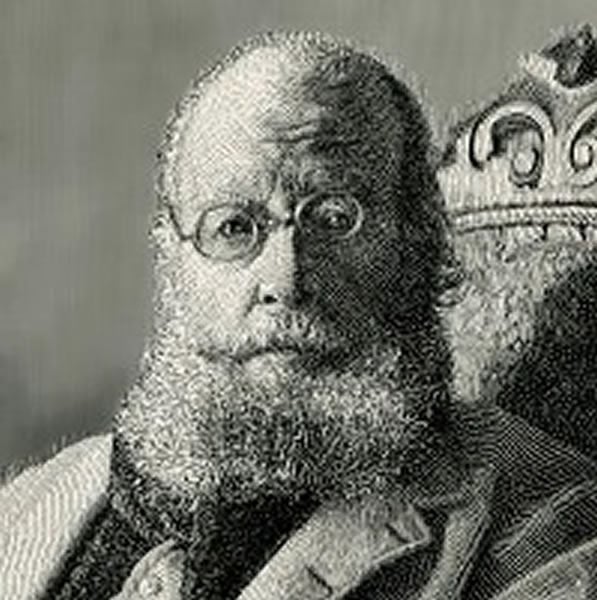 Facebook
Facebook
 X
X
 Instagram
Instagram
 TikTok
TikTok
 Youtube
Youtube

A bland young hunter named Shepherd
was eaten for lunch by a leopard.
Said the leopard, “Egad!
You’d be tastier, lad,
if you had been salted and peppered!”
There was a young woman named Spright
whose speed was much faster than light.
She set out one day
in a relative way,
and returned on the previous night.
A glutton who came from the Rhine,
when asked at what hour he’d dine,
said he’d dine at eleven,
at three, five, and seven,
at eight and a quarter past nine.
There once was a chap from Odessa
whose knowledge grew lesser and lesser.
It at last grew so small
he knew nothing at all,
and now he’s a college professor.
Probably the best known fixed form in English poetry is the limerick, a five-line rhymed poem that is almost always comic and often scatological, the “dirty” limerick having achieved, in both the United States and England, the status of a contemporary folk tradition. Both Arnold Bennett (1867–1931) and George Bernard Shaw (1856–1950) insisted that obscenity was necessary — a defining characteristic of the true limerick. The form was originally popularized by Edward Lear (1812–1888), though he did not use the term “limerick” to describe it. The first, second, and fifth lines of a limerick rhyme with each other and the third line rhymes with the fourth. The first, second, and fifth lines have three accented syllables and the third and fourth lines two accented syllables. Generally, the limerick is a fanciful tale about a curious person and often includes the character’s place of origin in the opening line. The last line of a successful limerick is usually both surprising and funny.


A bland young hunter named Shepherd
was eaten for lunch by a leopard.
Said the leopard, “Egad!
You’d be tastier, lad,
if you had been salted and peppered!”
There was a young woman named Spright
whose speed was much faster than light.
She set out one day
in a relative way,
and returned on the previous night.
A glutton who came from the Rhine,
when asked at what hour he’d dine,
said he’d dine at eleven,
at three, five, and seven,
at eight and a quarter past nine.
There once was a chap from Odessa
whose knowledge grew lesser and lesser.
It at last grew so small
he knew nothing at all,
and now he’s a college professor.
Probably the best known fixed form in English poetry is the limerick, a five-line rhymed poem that is almost always comic and often scatological, the “dirty” limerick having achieved, in both the United States and England, the status of a contemporary folk tradition. Both Arnold Bennett (1867–1931) and George Bernard Shaw (1856–1950) insisted that obscenity was necessary — a defining characteristic of the true limerick. The form was originally popularized by Edward Lear (1812–1888), though he did not use the term “limerick” to describe it. The first, second, and fifth lines of a limerick rhyme with each other and the third line rhymes with the fourth. The first, second, and fifth lines have three accented syllables and the third and fourth lines two accented syllables. Generally, the limerick is a fanciful tale about a curious person and often includes the character’s place of origin in the opening line. The last line of a successful limerick is usually both surprising and funny.
Comments